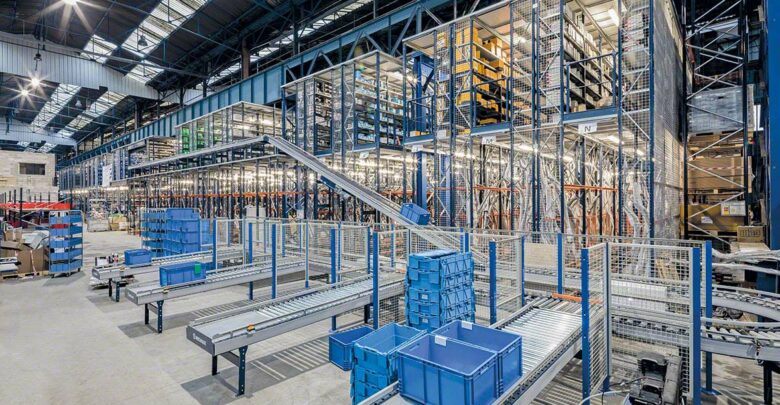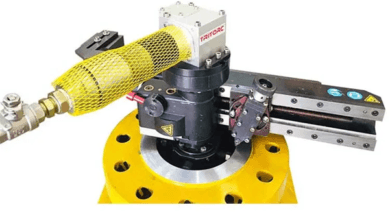Business
Redesigning Warehouse with Smart Warehousing technology and Logistics

The capacity to transmit items from one region to the other is critical to our global ecology. Although it may appear to be a straightforward task, organizations must consider a plethora of factors while planning their operations. And, on occasion, corporate executives are unaware that there are more productive, rapid, and less expensive means of shipping goods all across the country. Various businesses have traditionally depended on conventional storage to store products so that it is available instantly if customer demand increases.
Nevertheless, there are many more efficient methods of product movement, such as cross-docking. When implemented in combination with a reliable third-party logistics provider, cross-docking provides significant benefits. From cost savings to increased efficiency in the fulfillment process, these are some of the reasons why cross-docking may be a very beneficial approach for modern enterprises. We recommended starting with optimizing the warehouse for packaged fibers and designing a one-of-a-kind pallet rack arrangement for the item, which included some industry-first innovations including the use of forklift bands to bind the unusual packages intact. They additionally participated in the warehouse’s flooring stability design and exterior layout. SOPs originally created with the goal of keeping the procedure compact and simple to implement with an inexperienced workforce.
Cross-Docking Vs Warehousing
The modern warehousing method involves a distributor to have supplies of your items on hand to distribute to clients. Cross-docking, on the other hand, is concerned with employing tools and systems to establish a just-in-time warehousing & distribution procedure.
Cross-docking, also known as transloading, is the process of moving cargo straight from invoices to outbound shipments with absolutely no need for long-term storage. Cross-docking is performed in the LTL sector by shifting goods from one transportation van directly onto the other, with little or no storage.
Benefits Of Cross-Docking Over Warehousing
- The smart warehousing method involves a distributor to have supplies of your items on hand to distribute to clients. Cross-docking, on the other hand, is concerned with employing processing technologies to establish righteous shipping procedures.
- Cross-docking, as opposed to warehousing, enables firms to cultivate a powerful linkage with a single company rather than investing time and funds across several providers. By utilizing data into context for your cross-docking requirements, you are exchanging an often complicated and chaotic network for a simplified cooperation with a single supplier, therefore assisting in the creation of a secure and scalable financial model.
- Admit it: Every time shipping is connected, there are hazards involved. That’s how it’s done. While risk is an unavoidable aspect of shipments, it may be considerably decreased by using a cross-docking plan. This may appear illogical at first look. Admittedly, if cross-docking is a fast way to ship items, it must make you more subject to danger, correct? In reality, it’s the inverse!
Conclusion
AAJ Enterprises has over 30 smart warehousing in 12 distinct important markets all across the India. They offer a one-stop shop for all of your logistics needs, from packaging and fulfillment to goods transport, as a technology-driven 3PL supplier. Consult the professionals at AAJ enterprises now to learn how well they can design a tailored solution to coincide with your particular business goals and guarantee your company will maintain a competitive presence and boost income.





